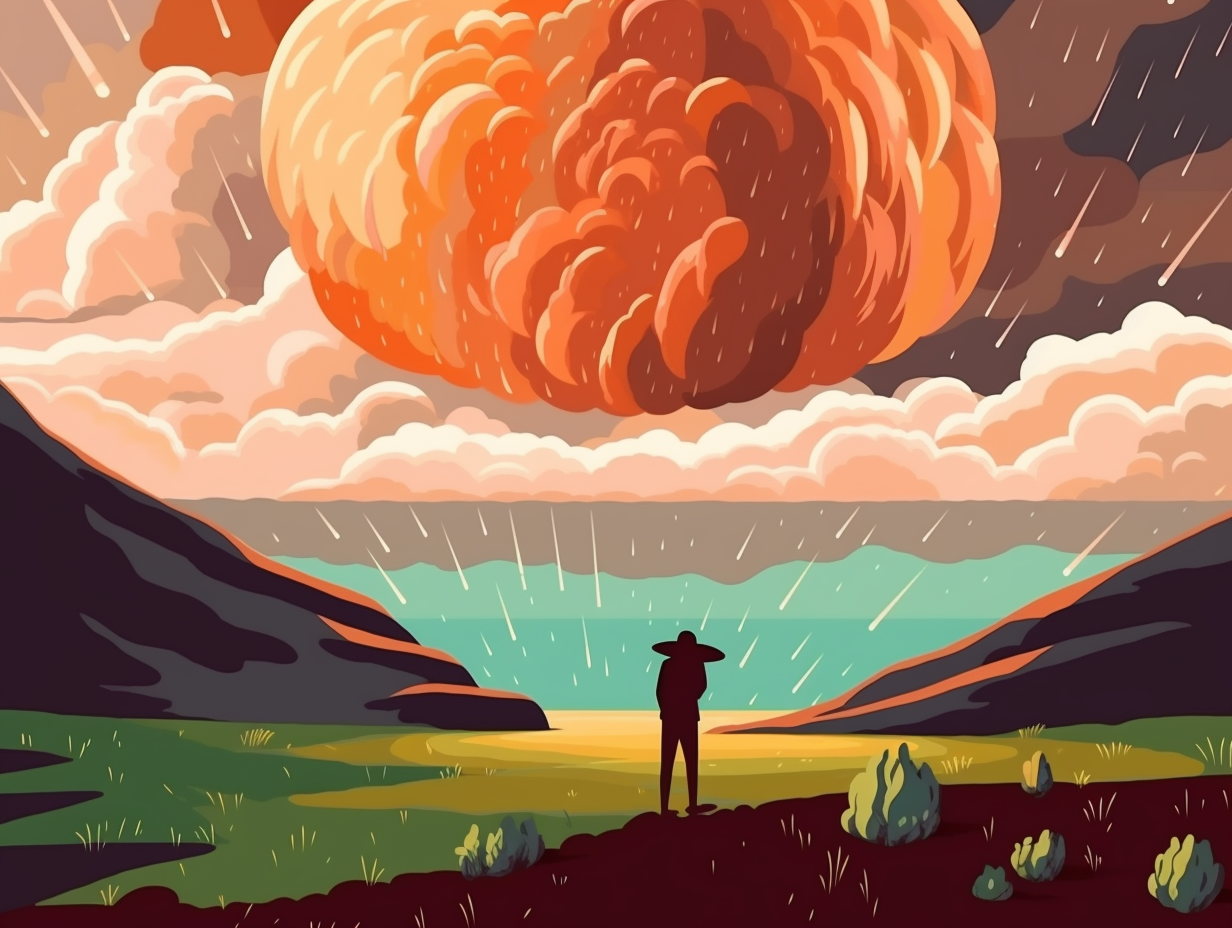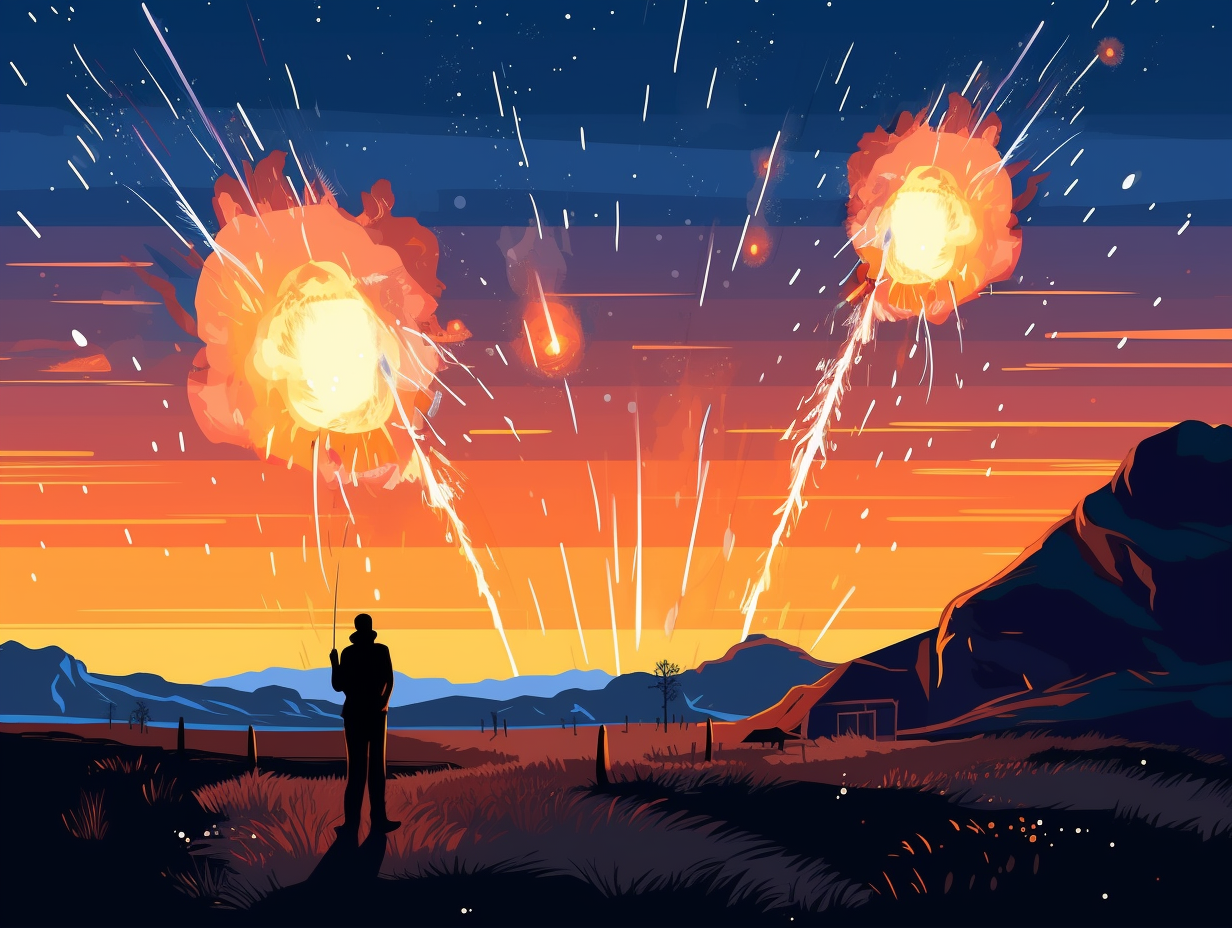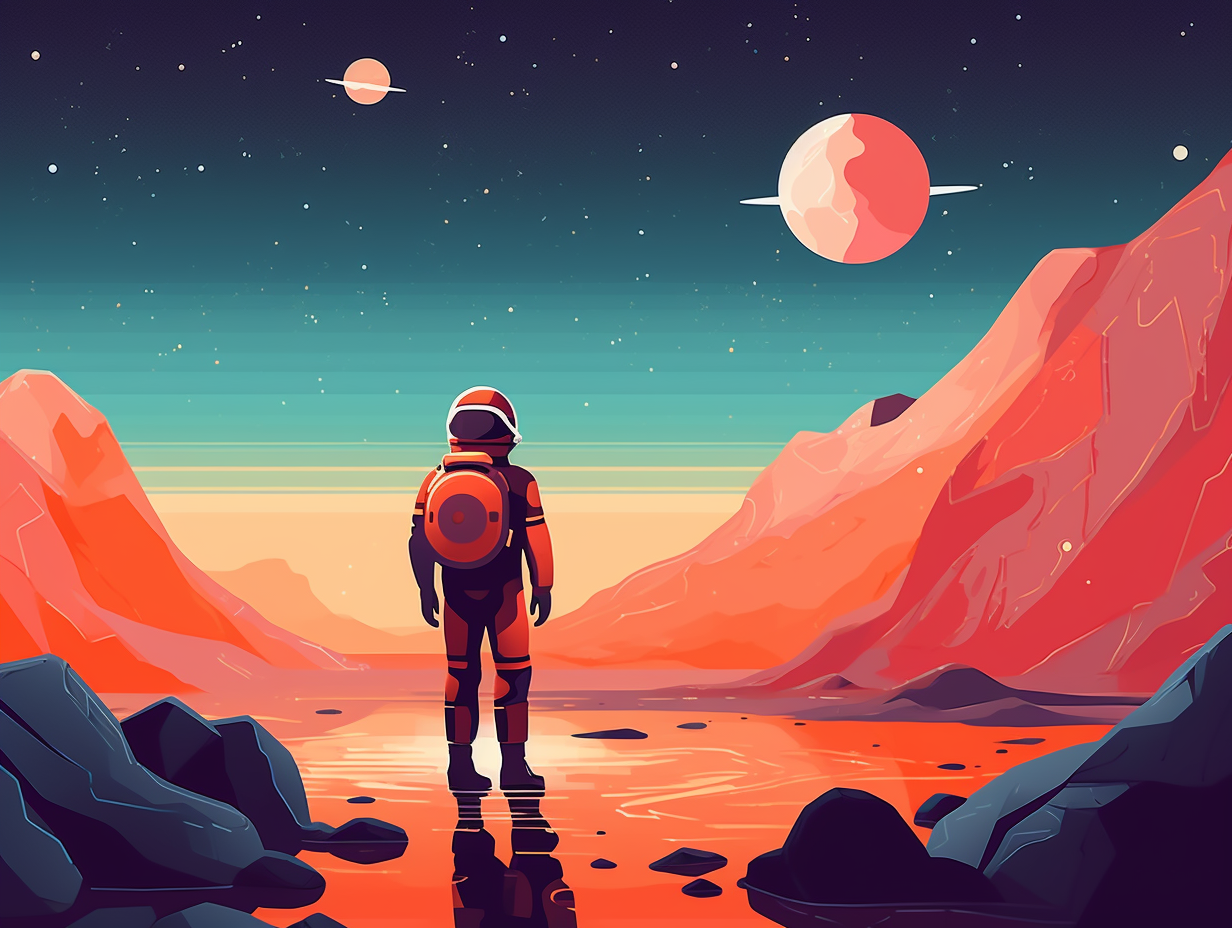13 Amazing Fun Facts About Asteroids: Discover the Wonders of Space Rocks!

1. Asteroids: Cosmic Lego Bricks
Asteroids, the universe's answer to cosmic Lego bricks, have been stuck in a "build-break-repeat" cycle for billions of years, and nobody's managed to build a stable Death Star just yet: The majority of these celestial chunks reside in the main asteroid belt between Mars and Jupiter, while others can be flung Earthward by Jupiter's gravity, belonging to chondritic, stony, or metallic categories, and ranging from solitary space boulders to galactic rubble piles – all under NASA's watchful gaze for potential threats to our planet.
Source => space.com
2. Near-Earth Object Hide-and-Seek
In a cosmic game of "Where's Waldo?" with potentially high stakes, astronomers have their hands full trying to keep tabs on our rocky celestial neighbors: As of May 2022, nearly 29,000 near-Earth objects (NEOs) have been discovered, including over 96% of the biggest ones larger than 1 km in diameter. However, smaller NEOs between 140 meters and 1 km could still wreak havoc on our planet with impacts happening every ~1000 years, and we have around 300,000 of those sneaky space rocks to look out for!
Source => globalchallenges.org

Did you know that asteroids in the belt between Mars and Jupiter actually orbit in a torus-shaped region and come in a variety of sizes and compositions? Discover more about this cosmic planetary palette!
=> Fun Facts about The-Asteroid-Belt
3. Earth's Dance Partner: Asteroid 2006 RH120
Rolling in like a fidget spinner on a playground: Asteroid 2006 RH120, with its 2-3 meter diameter, takes a whirl around Earth every 20 years, even crashing our orbit for a year-long party back in 2006. Despite this flirtation, it remains a free and independent space rock rather than settling down as our second moon.
Source => en.wikipedia.org
4. Jupiter: The Celestial Bouncer
Jupiter, the ultimate celestial bouncer with the power to put even the rowdiest of asteroids in their place: This gargantuan giant's immense size and gravitational prowess significantly influence the orbits of planets, asteroids, and comets, contributing to the early shape of our solar system.
Source => missionjuno.swri.edu
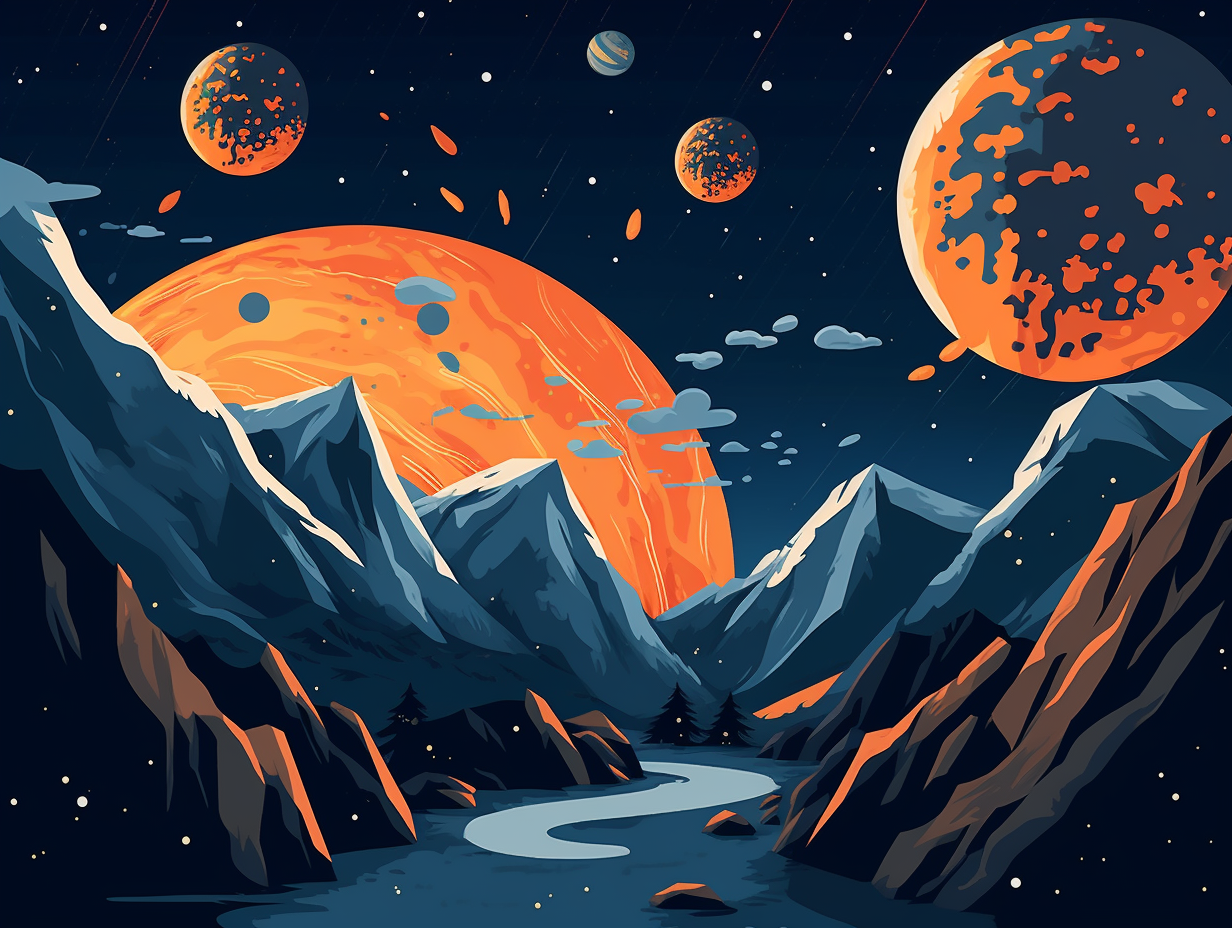
5. Asteroid Love Stories: Binary Pairs
Next time you're spinning through space on your favorite orbiting rock, remember to tip your fedora to the asteroid couples below: Binary asteroids could have formed from the dramatic split of a parent body after a cosmic rear-end collision, or by going their separate ways after dancing too close around an oblique impact. In fact, satellites orbiting large main-belt asteroids may have origin stories more riveting than a double-feature creature feature at the drive-in galaxy.
Source => en.wikipedia.org
6. Weight Loss on Bennu's Diet Plan
Imagine being on a strict diet that's out-of-this-world: on the asteroid Bennu, your weight would be so frightfully low, it might just lift your spirits to the cosmos! Seriously though: when standing on Bennu's pole, you would weigh a mere 8 one-millionths of your Earthly weight, and at its equator, you'd weigh half this paltry sum due to the asteroid's rotation, reaching a point where weightlessness could cause its eventual breakup.
Source => syfy.com
7. Ceres: Dwarf Planet & Well-Stocked Neighbor
Astro-nomical roommates: In the cosmic neighborhood where Earth's moon would be the cool kid with the pool, Ceres is like the slightly distant cousin with a well-stocked fridge; this whopping 590-mile in diameter asteroid is not only the largest in the main asteroid belt, but also contains a substantial amount of water and organic material, even warranting the prestigious title of dwarf planet.
Source => space.com
8. Lumpy Space Potatoes with a Twist
Asteroids like Bennu and Ryugu may have missed their calling as lumpy space potatoes: these oddly-shaped, diamond-like celestial bodies are actually composed of rubble piles, held together not by gravity, but by the weak van der Waals force. Their intriguing shapes result from their rotational speeds being influenced by the way they soak up and dish out the sun's radiant energy.
Source => livescience.com
9. Asteroid Bartenders Serving Life Ingredients
Who knew asteroids were the ultimate bartenders, mixing cocktails in the cosmos? They might just be serving up some life-sustaining refreshments: Recent discoveries on asteroids 65 Cybele and 24 Themis reveal the presence of water ice and organic molecules, suggesting that these space rocks could have contributed to the formation and evolution of life on Earth – although, there's no sign of life shaking things up on the asteroids themselves.
Source => space.com
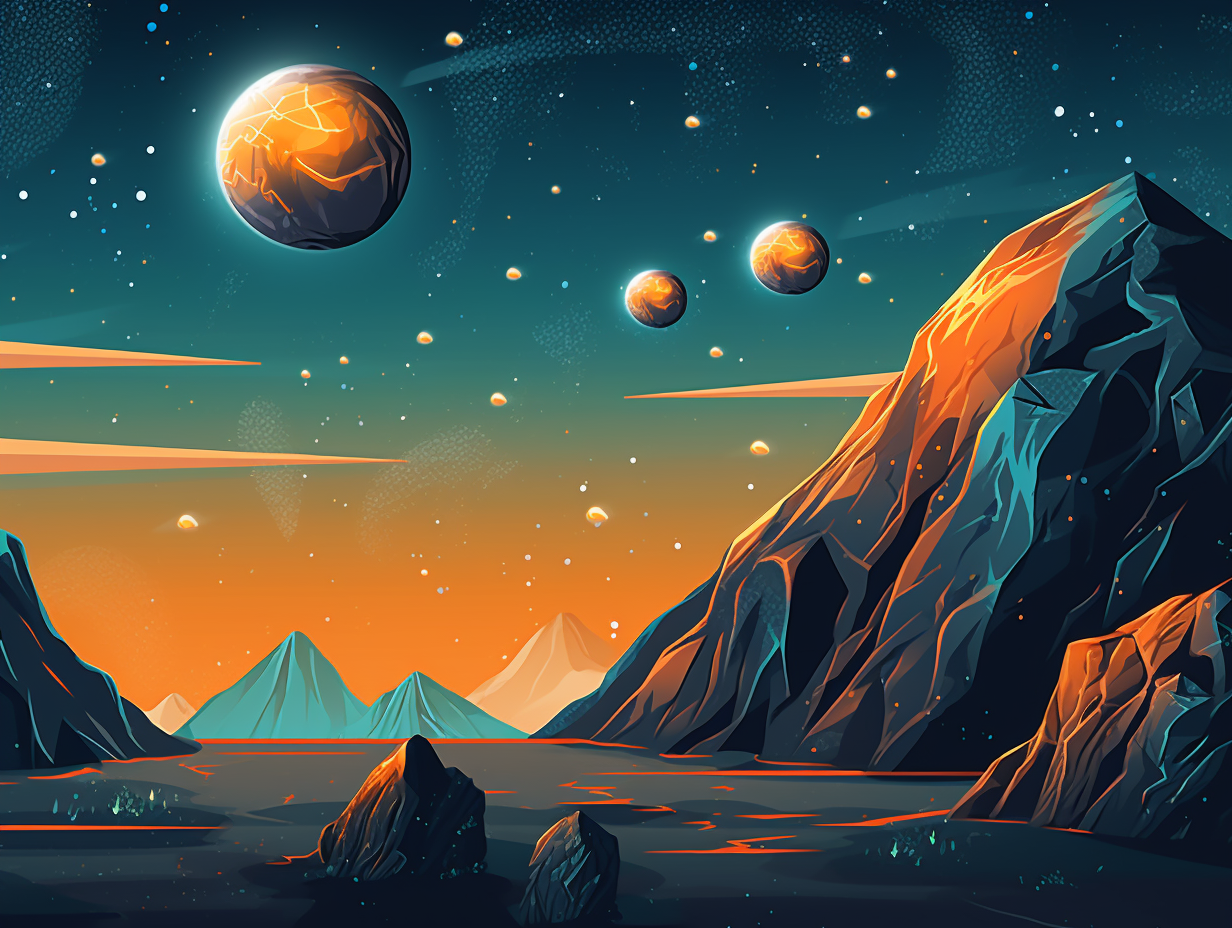
10. Wishing Upon A Grain of Cosmic Sand
Next time you wish upon a falling star, thank your lucky grains: it might just be a speck of cosmic sand soaring through our atmosphere! Quirky factoid alert: Most meteors are actually tiny, some as small as a grain of sand, disintegrating in the air due to friction-generated heat, and it's the larger survivors that become meteorites. Earth receives about 48.5 tons of meteoritic material daily, courtesy of celestial bodies like asteroids and comets, putting on nature's fireworks display in the form of meteor showers during certain times of the year.
Source => space.com
11. NASA's Cancelled Asteroid Redirect Bachelorette
In a world where robots do the heavy lifting and moon-based rendezvous spots are all the rage: NASA once planned the Asteroid Redirect Mission, which aimed to snatch a 4-meter boulder from a near-Earth asteroid using robotic arms and transport it to a stable lunar orbit for analysis and planetary defense practice. Sadly, the mission was canceled, but fret not, for the advanced ion thrusters it birthed will now power the Lunar Gateway's Power and Propulsion Element.
Source => en.wikipedia.org
12. OSIRIS-REx's Stellar Love Affair with Bennu
In a cosmic version of "Say Yes to the Dress," NASA's OSIRIS-REx said yes to the asteroid Bennu and took a precious sample home to meet the parents: The spacecraft successfully collected a sample from asteroid Bennu in October 2020, and is expected to return to Earth on September 24, 2023. Once back home, the sample will be studied at a dedicated research facility at the Johnson Space Center, helping scientists unlock the mysteries of our solar system's formation and evolution.
Source => en.wikipedia.org
13. 16 Psyche: The Iron Man of Asteroids
Move over, Iron Man: there's a new metal-slinging celestial body in town that may just hold the keys to unlocking the secrets of the solar system! In August 2022, NASA will be sending a space probe to visit the money-making, science-shaking asteroid 16 Psyche: a metallic marvel believed to be composed of exposed iron, nickel, and gold and potentially the core of a shattered planetesimal. If confirmed, this shiny beast could offer a rare peek into what lurks beneath the mantle and crust layers of planets like Earth, while also being worth quite a pretty penny.
Source => smithsonianmag.com
Related Fun Facts

